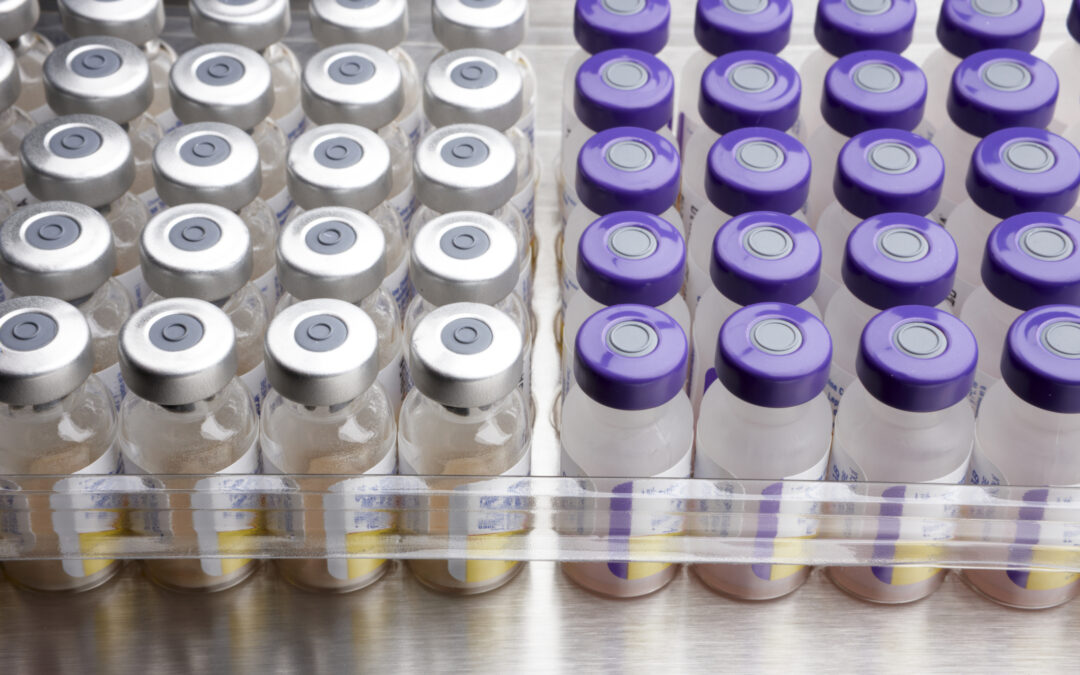Taking Stock of the Humira Biosimilars Market
Alex Brill and Christy Robinson
In January, the 21-year monopoly for AbbVie’s blockbuster drug Humira (adalimumab) came to an end with the launch of Amjevita, Amgen’s biosimilar adalimumab. We wrote in February that stakeholders should expect the biosimilar adalimumab market to be relatively slow to develop for several reasons, including the fact that Amjevita would be alone on the market with Humira until July. Amjevita is also the first non-insulin biosimilar in the pharmacy benefit, presenting a learning curve for patients, prescribers, pharmacists, and pharmacy benefit managers (PBMs).
Five months in, what does competition between Humira and Amjevita look like? And now that additional adalimumab biosimilars are on the horizon, what can we expect?
The Humira/Amjevita Market
Amgen reported in April that Amjevita revenues totaled just $51 million in the United States since its launch at the end of January, with the majority of sales going to build inventory. The company indicated that they expect second-quarter revenues to be lower.
Meanwhile, Humira’s US sales took a big hit in the first quarter. AbbVie reported US Humira revenues of $2.9 billion, more than 26 percent lower than in the same quarter of 2022. In short, while sales of Amjevita are small thus far, savings are already materializing as competition is pushing AbbVie toward more competitive pricing.
The Coming Wave of Adalimumab Biosimilars
The FDA recently approved the ninth adalimumab biosimilar, with seven expected to launch next month. Two of these will be available in both low-concentration and high-concentration versions, four will be available only in low-concentration, and one only in high-concentration.
The three high-concentration adalimumab biosimilars will be the first to compete with the most-prescribed version of Humira. With several high-concentration biosimilars entering the market at once, price competition for this version will be greater than in the early months of competition between Amjevita and low-concentration Humira.
Expectations for Competition and Prices
For the lower-concentration versions, competition will now become more robust as Amgen and AbbVie will suddenly have six competitors. One biosimilar manufacturer, Coherus BioSciences, has already set the tone with the recent announcement that they will partner with Mark Cuban’s Cost Plus Drug Company to sell their adalimumab biosimilar, Yusimry, at an 85 percent discount from the Humira list price.
Coherus’s aggressive pricing strategy along with a dual pricing scheme for Amjevita raise important pricing questions for other players. Is the Coherus deal with Cost Plus an anomaly or an indicator of how other biosimilar manufacturers will price adalimumab? Is the Amgen dual pricing strategy one that others will emulate, or will other adalimumab manufacturers follow a more traditional path and launch at a single price, modestly below Humira’s wholesale acquisition cost?
In the pharmacy benefit, formulary placement drives utilization. Therefore, it is significant that PBMs have begun adding adalimumab biosimilars to their formularies.
Finally, there is an important open question about the role of interchangeable biosimilars. Only one of the adalimumab biosimilars launching next month (Boehringer Ingelheim’s Cyltezo) has been designated by the FDA as interchangeable, though five more manufacturers are seeking the designation. Interchangeable biosimilars can be substituted for their reference product by pharmacists and perhaps more easily gain market share. How those products are priced will also have implications for total cost savings. Notably, OptumRx, one of the largest PBMs, recently placed Cyltezo on its formulary at parity with Humira.
Key Takeaway
Competitive pressures will begin to intensify this summer, followed by savings. But the learning curve among pharmacy benefit participants still exists. And the greatest savings won’t materialize until more high-concentration, and perhaps interchangeable, biosimilars enter the market.












